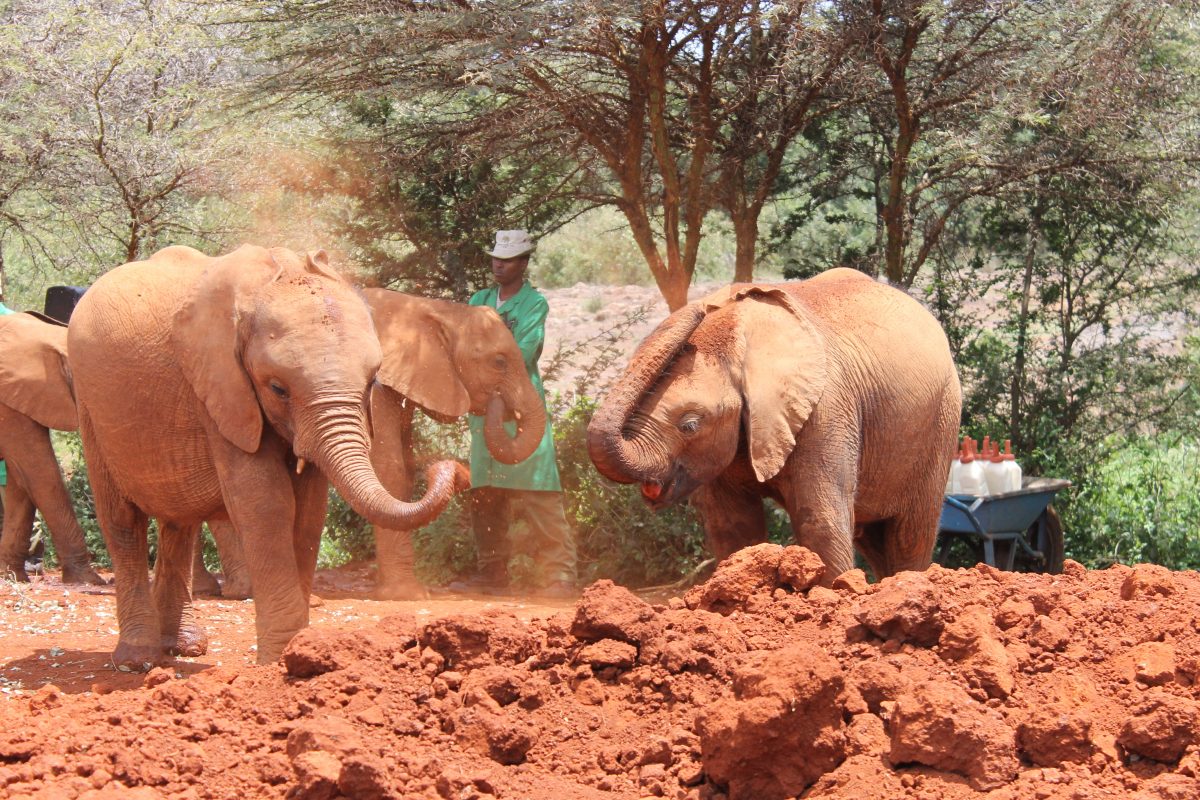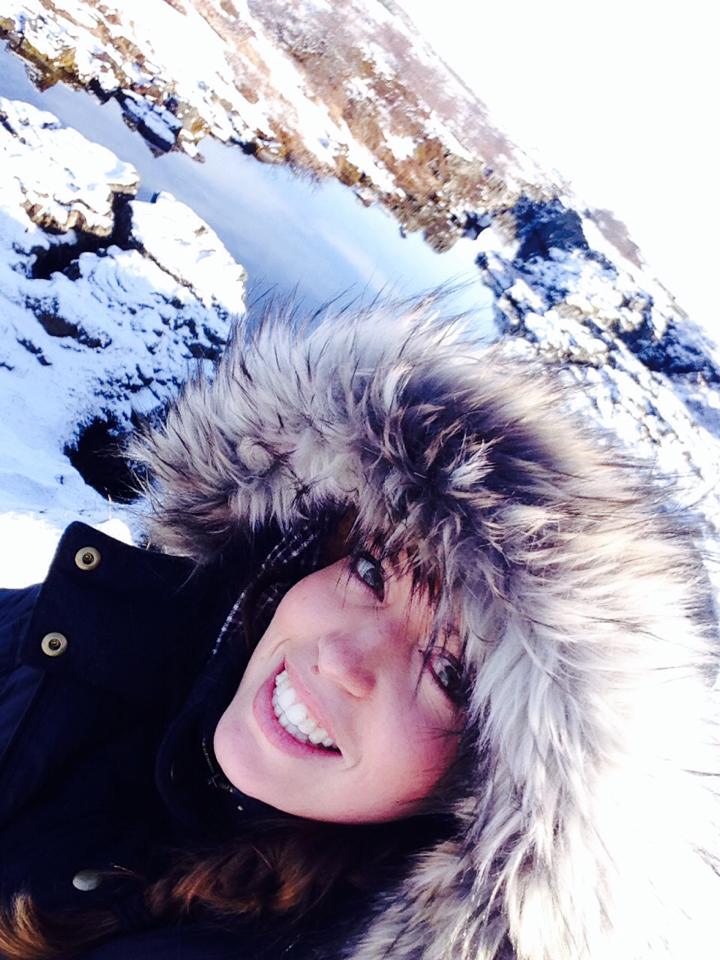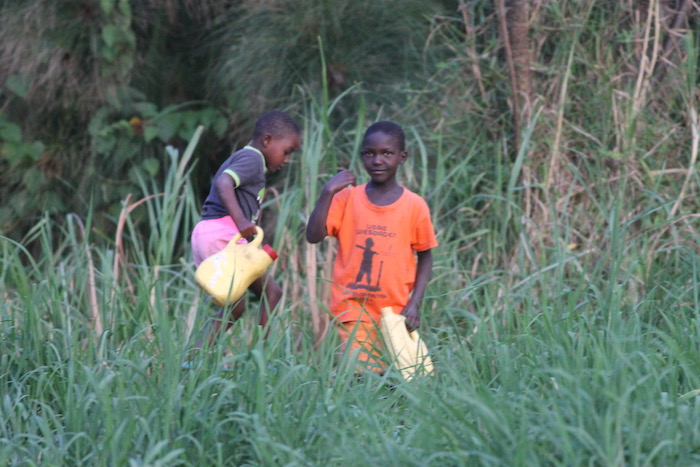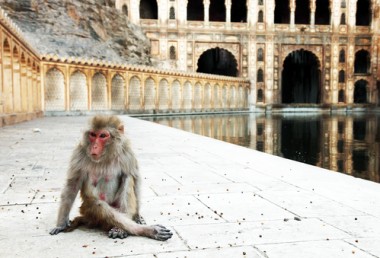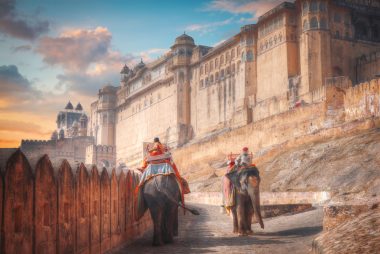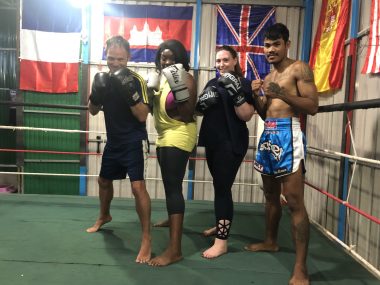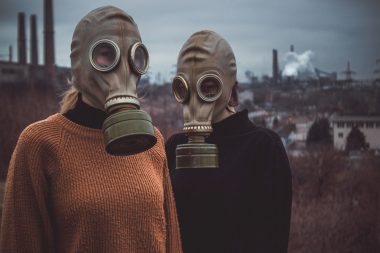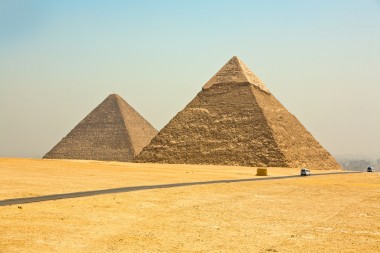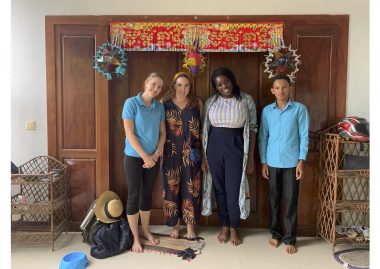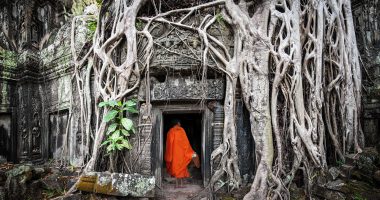Nairobi, Kenya
Nairobi is Kenya’s beating heart, an exciting, maddening concrete jungle that jarringly counterpoints the untrammelled natural beauty to be found elsewhere in the country.
Masai Market
The Masai market sell mainly tourist fare ranging from wooden sculptures, beaded necklaces, batik wall hangings, shoes, soap stone carvings, sisal bags, kikois, textiles and a whole host of other exciting goods. We attempted to walk her from our hotel but quickly realised that was a bad idea (a local man exposed himself and there were a few too many children begging for us to be able to safely navigate the walk) so we returned to our accommodation to get a taxi.
The market borrows its name for the Maasai tribe – one of Kenya’s Tribes and one that has retained its culture, traditions, identity and pride.
Upon arrival, we were pounced on by a group of ‘guides’ who very quickly split us up and took us around the market. We did out best to try and stick together (the guides were friendly, but determined to make us shop independently), but failed – as the market wasn’t too busy & the stalls were mostly laid out on the ground, we could keep an eye on each other from across the market.
A few useful phrases:
Si leo—‘Not today’—Use this if you are not even remotely interested in what someone has to offer.
Nitarudi—‘I will return’—This can be helpful if you are actually interested in something at someone’s stall, but either want to shop around more, or are hoping that they will come down on the price. It is always advisable to do a lap before purchasing. There will be a lot of similar products available but quality and prices will often differ, so shop around.
Ni ghali—‘It’s expensive!’—Feel free to really over-exaggerate this one for maximum bargaining leverage.
Bei ya mwisho—‘Last price’—Use this to announce your final offer.
As with any city, beware of your surroundings
Nairobi, just like other cities in the world, is not short of pickpockets. So always hold your purse tight, be present and aware of who is around you, and of course do not go around flashing expensive jewellery or bags, etc. You will attract the wrong kind of attention.
Happy shopping!
Giraffe Centre
This centre, which protects the highly endangered Rothschild’s giraffe, combines serious conservation with enjoyable activities. You can observe, hand-feed or even kiss one of the giraffes from a raised wooden structure, which is quite an experience.
This is one of Kenya’s good-news conservation stories. In 1979 Jock Leslie-Melville (the Kenyan grandson of a Scottish earl) and his wife, Betty, began raising a baby giraffe in their Langata home. At the time, when their African Fund for Endangered Wildlife (AFEW) was just getting off the ground, there were no more than 120 Rothschild’s giraffes (which differ from other giraffe subspecies in that there is no patterning below the knee) in the wild. The Rothschild’s giraffe had been pushed to the brink of extinction by severe habitat loss in western Kenya.
Today the population numbers more than 300, and the centre has successfully released these charismatic creatures into Lake Nakuru National Park (home to around 45 giraffes), Mwea National Reserve, Ruma National Park and Nasalot National Reserve.
David Shelrick Elephant Orphanage
Occupying a plot within Nairobi National Park, this nonprofit trust was established in 1977, shortly after the death of David Sheldrick, who served as the antipoaching warden of Tsavo National Park. Together with his wife, Daphne, David pioneered techniques for raising orphaned black rhinos and elephants and reintroducing them into the wild, and the trust retains close links with Tsavo for these and other projects. The centre is one of Nairobi’s most popular attractions, and deservedly so.
After entering at 11am, visitors are escorted to a small viewing area centred on a muddy watering hole. A few moments later, much like a sports team marching out onto the field, the animal handlers come in alongside a dozen or so baby elephants. For the first part of the viewing, the handlers bottle-feed the baby elephants – a heartwarming sight.
Once the little guys and girls have drunk their fill, they proceed to romp around like toddlers. The elephants seem to take joy in misbehaving in front of their masters, so don’t be surprised if a few break rank and start rubbing up against your leg! The baby elephants also use this designated time slot for their daily mud bath, which makes for some great photos; keep your guard up, as they’ve been known to spray a tourist or two with a trunkful of mud.
While the elephants gambol, the keepers talk about the individual orphans and their stories. Explanations are also given about the broader picture of the orphans project and some of the other projects in which the trust is involved. There’s also the opportunity to ‘adopt’ one of the elephants. For those who do, there’s a chance to visit when your elephant returns to the stockades around 5pm every evening – advance bookings essential.
Karen Blixen Museum
If you loved Out of Africa, you’ll love this museum in the farmhouse where author Karen Blixen lived between 1914 and 1931. She left after a series of personal tragedies, but the lovely colonial house has been preserved as a museum. Set in expansive gardens, the museum is an interesting place to wander around.
Guides (nonmandatory but useful) are included in the admission fee, but they do expect a tip.
The museum is about 2km from Langata Rd. The easiest way to get here by public transport is by matatu 24 via Kenyatta Ave, which passes right by the entrance. (We took an Uber from our airport hotel – very cheap).
